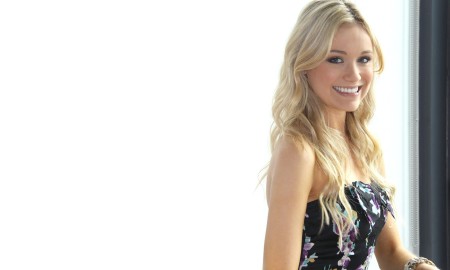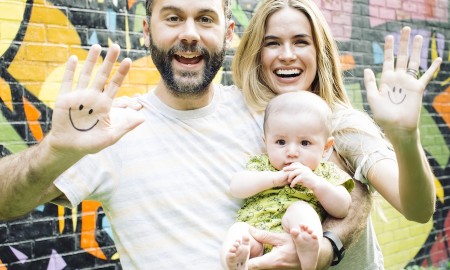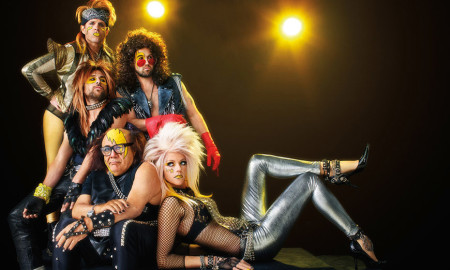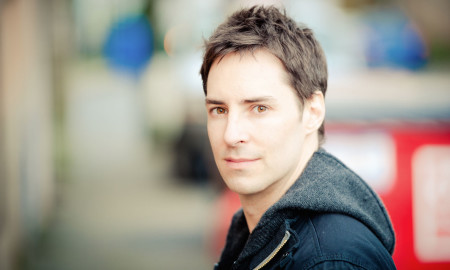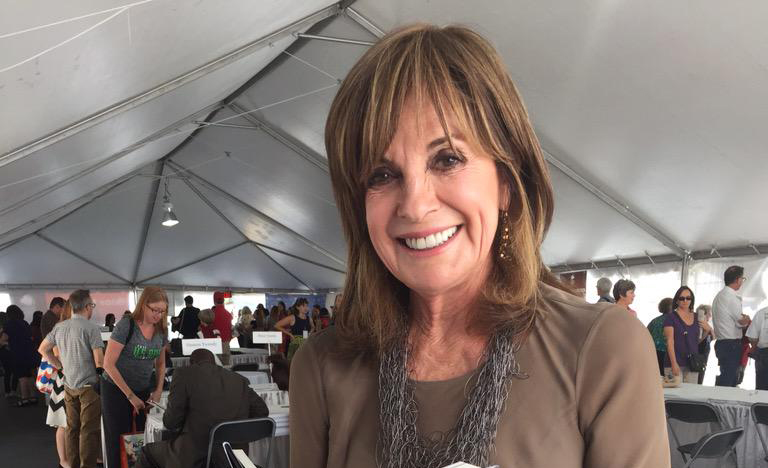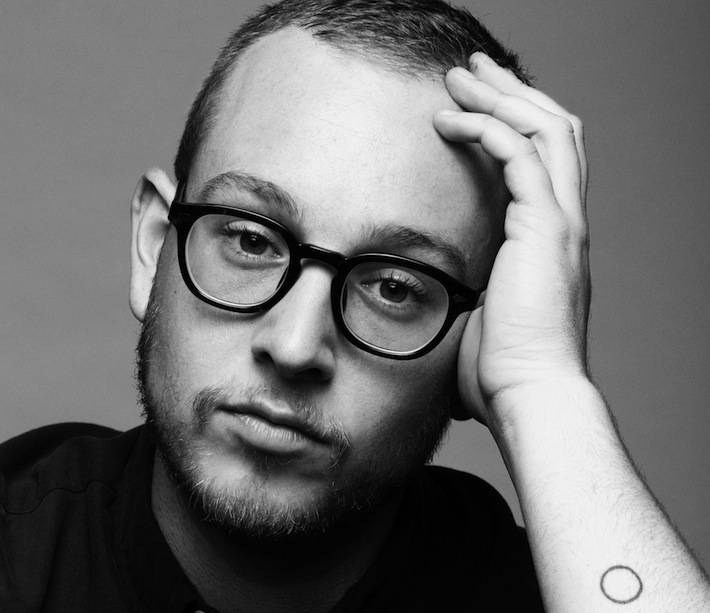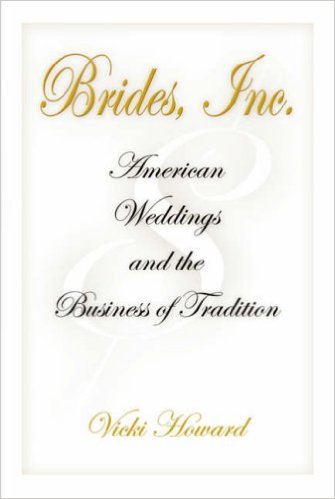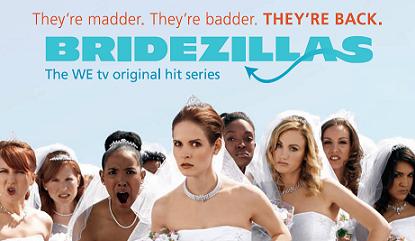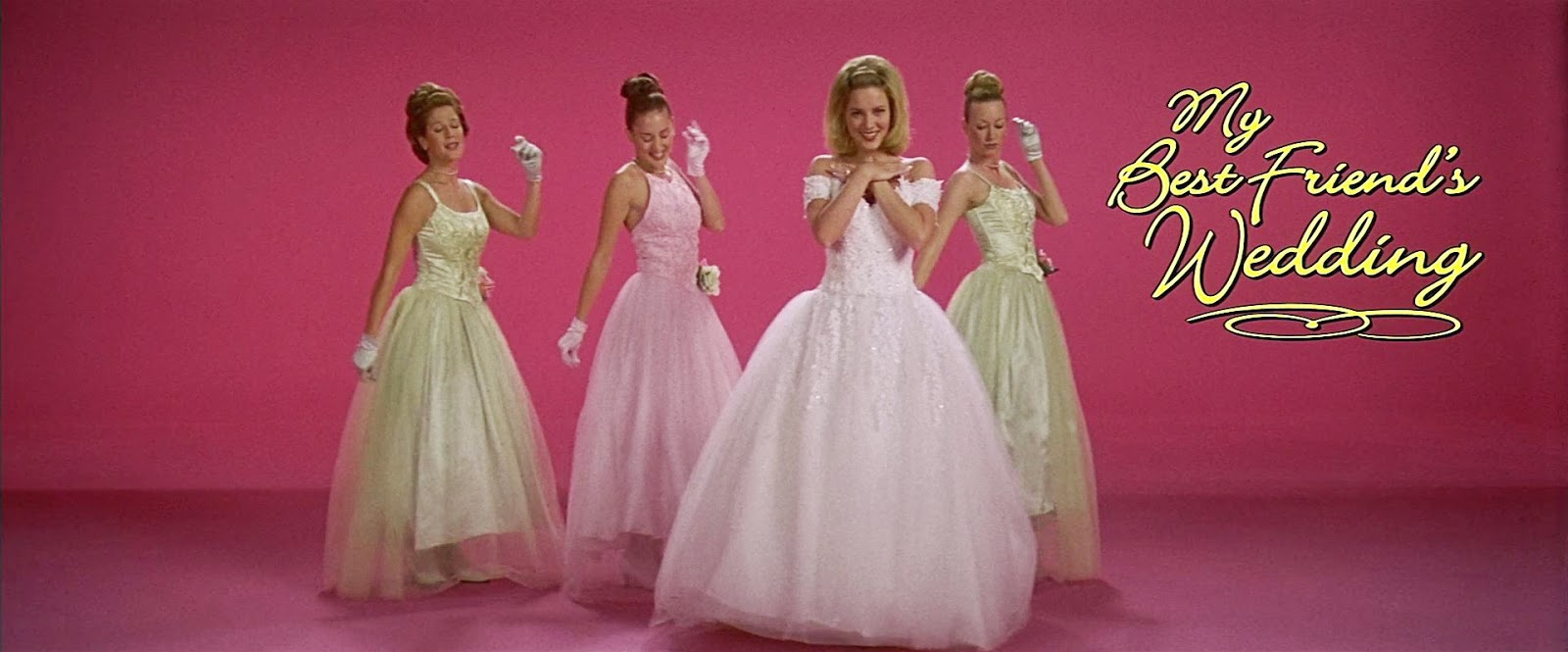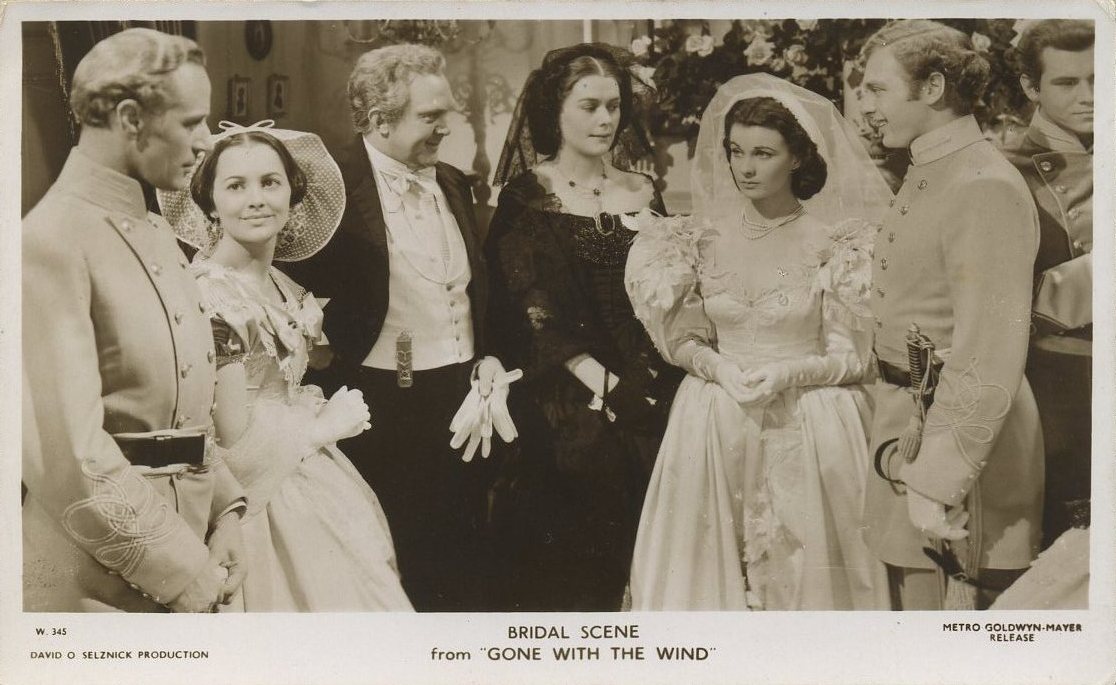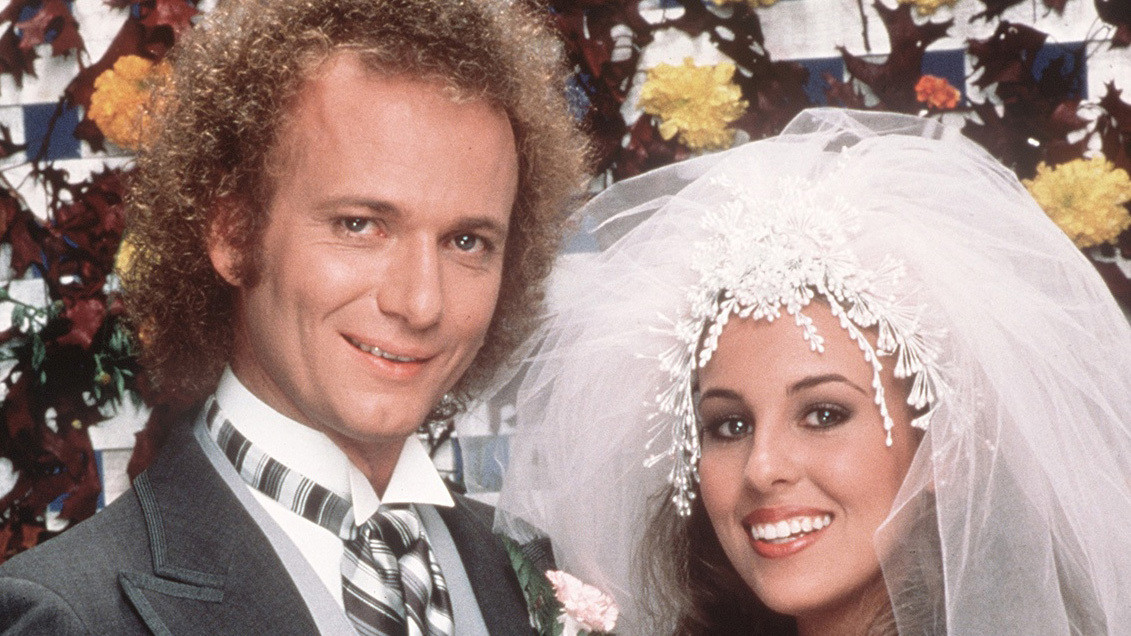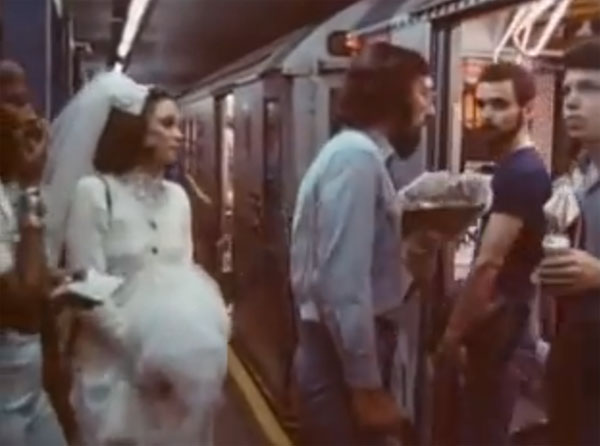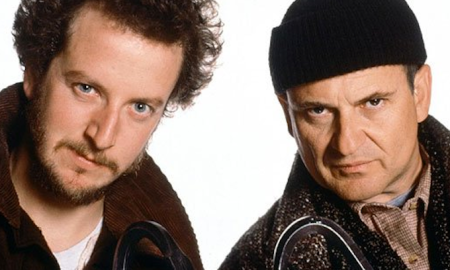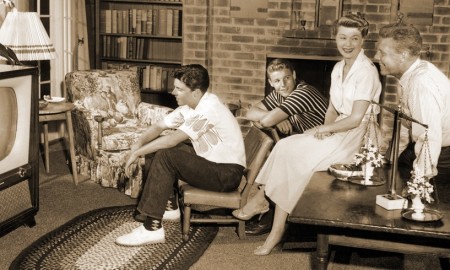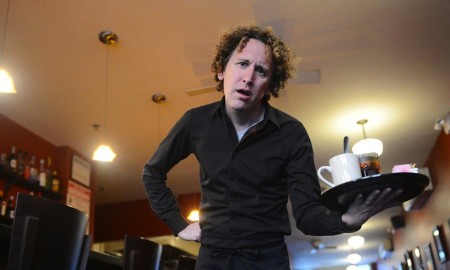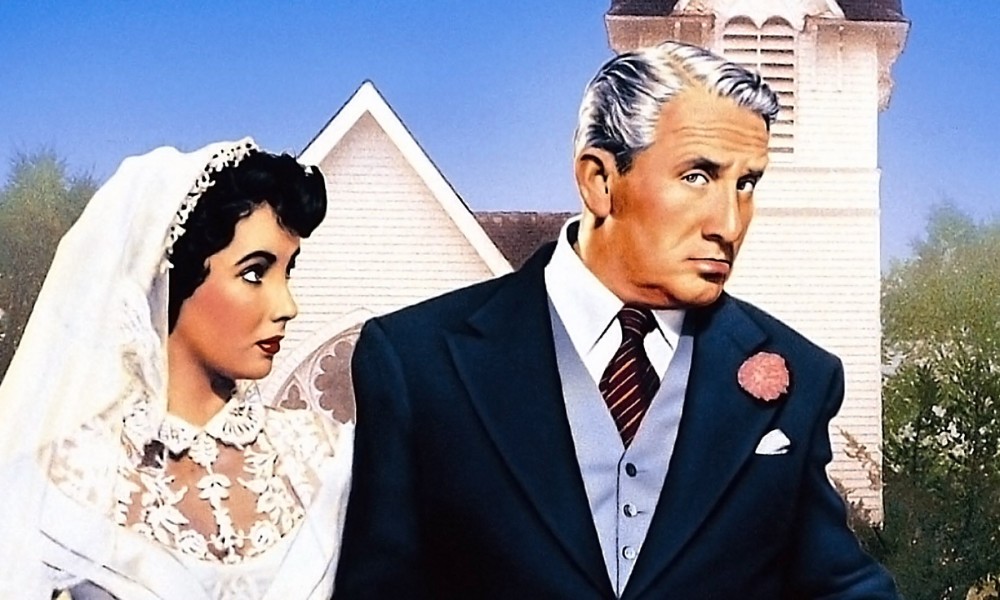

Singles and single-parent households now lead the American census, but the wedding industry refuses to check “will not attend.” Bridezillas continue to stomp their way toward their day, and now that gays can marry, the bridal biz is beside itself with all the neato niches that fall into place after all the old traditions have fallen away. You may always cry at weddings, but shed no tears for Brides, Inc. It’s like a forever diamond. It catches the bouquet every time.
Here, Hartwick College associate history professor Vicki Howard discusses her book Brides, Inc., and how this institution continues to walk down the aisle, even if everybody in the church is shaking their heads and thinking, “it will never last.”
How is the wedding industry adapting to changing family structures and traditions?
The wedding industry is not as rigid as you might expect. Yes, they are advocating tradition, and they make their business doing that. But they also invent tradition, and they have always invented tradition. And they are able to invent new traditions as things change in society.
Gay marriage must be a boon to the wedding industry.
Brides magazine published its first article on this in 2003, saying that it would be very lucrative to legalize gay marriage, with traditional white weddings and the business of caterers and florists and photographers, to new groups of people. This industry thrives irrespective of the changes in social values and norms, and it always has done that.
Now that “Bridezillas” have been satirized and “exposed” on reality TV, is there more of an awareness about control-freak brides and over-the-top bridal extravaganzas?
There is a long-standing critique of overexpenditure and materialism that goes with our perception of those kind of over-the-top reality shows, and that idea that brides might spend too much.
Even in 1900, you’ll see critiques in the media of “brides spend too much,” the morality tale of what happens if you borrow money to have a big reception and then you are not able to pay back your bills. The “Bridezilla” is a post-modern version of this critique, dating back to the 19th century. It’s unhinged from reality, where everybody is enjoying the spectacle of excessive consumerism and putting demands on vendors and the service people who are part of that.
Romance vs. business: do they co-exist? Can they?
Maybe not in people’s feelings and thoughts on the subject, but maybe from a business point of view, romance provides an entry into markets. You can use that emotion to sell goods. You can make appeals to people’s sentiments to sell goods. That’s something that people in the bridal trade have long understood.The bride is a figure that sells everything from soap to face cream to household furnishings, you name it.
Grooms typically just come along for the ride. They are not a proactive part of the wedding planning. Has this always been the case, and is it changing?
The business has tried for a very long time to reach out to men: Grooms’ rooms and jewelry shops in department stores, and advertising campaigns to reach the groom. There is always a little bit of humor surrounding it.
This is part of society’s gendered understanding of consumption, that historically, men are the breadwinners and that they pay for their wives’ consumption, but men are not interested in the shopping itself. That is stereoptype, and it has some truth to it, I suppose, but retailers have tried to get men into the stores and appeal to them in various ways.
There were failed campaigns where they ask men to wear engagement rings in the 1920s. Jewelers and retailers appealed to those about to marry to buy engagement rings for men. They were trying to overcome ideas that associated jewelry with femininity. They also had to overcome the idea that the bride was the passive recipient of the ring and not the active purhaser. The bride is the one who gets engaged, not the man. That campaign, in the 1920s, failed. It still remains on the margins because it upsets gender traditions and expectations. It goes too far for consumers to expect, I think.
Is this business itself dominated by men or women?
Historically, women found an entree into magazine publishing, department store buying positions and catering businesses through the wedding trade. Women were etiquette experts and consultants, a new field for women in department stores in the 1930s. These positions had a high status within the store.
There is this idea that weddings are for women and it allowed women to climb the ladder in the wedding industry. They may have not been able to do that in other fields earlier in the 20th century.
Advertising played a huge role in formulating the idea of the modern wedding.
The bridal magazines were a lynchpin in the industry. Brides magazine was founded in 1934 and Modern Bride in 1949. There were also regional magazines across the country during that period.
They gained their revenue selling ad space rather than through subscriptions. They would try to encourage a wide range of vendors to advertise in their pages. They tried to increase the number of firms that would consider themselves having a bridal market: household goods and appliance manufacturers advertising specifically to brides as well as the traditional apparel industries, and catering and jewelry.
You would find other types of firms, like carpeting manufacturers, trying to appeal to women about to set up their new homes. The magazines were key to expanding what was considered to be bridal, in that key period, the Thirties and the Forties. Of course, it would take off in the Fifties with the marriage boom.
The bridal magazines played an important role in that they also connected with department stores. The magazines introduced bridal critics for department stores, and it encouraged the stores to open up bridal salons and train bridal consultants. So there was this synergy between the department stores and bridal magazines in expanding that market. Also introducing bridal fairs and, later on, the bridal expos. The magazines also encouraged the introduction of gift registries. The bridal critics would educate the stores on how to produce gift registry forms and how to reach the public through those kinds of methods and to get everybody into one place, buying wedding gifts.
Hollywood weddings and royal weddings were huge influences on bridal style and protocol.
There would be tie-ins between Hollywood films and wedding apparel designers. Even with the blockbuster film Gone With the Wind, there were wedding dresses featured that were duplicated by a wedding gown manufacturer and advertised within the pages of Brides magazine. You could wear a wedding gown as seen in that film. The same thing with Elizabeth Taylor’s Father of the Bride; her wedding gown was also duplicated and sold with pictures of Elizabeth Taylor wearing it in the film.
There is a connection between the actual fashions shown in the films and the practices of ordinary people: you can look like these Hollywood stars. The glamour associated with Hollywood and also the glamour associated with the royal weddings were used for appeal.
The double-ring ceremony was promoted in magazines, showcasing actresses who used that ceremony when they married. Ann Blythe, who used a double-ring ceremony, was featured on the cover of Photoplay magazine. When Humphrey Bogart married Lauren Bacall, they had a double-ring ceremony. Shirley Temple had one. These mid-century weddings, where the bride and the groom both wore wedding bands, helped solidify this custom that was spreading at the time, and that was changing earlier practices. Originally, it was the bride who was the only one who received the wedding band, but after World War II, it became increasingly common for the man to receive a wedding band in the ceremony and to wear a ring signifying that he was getting married.
Today, retail outlets like David’s Bridal has made the glamorous wedding more affordable and within reach.
David’s Bridal is an alternative to the independent bridal shop and the exclusive department store salon. It was the first warehouse discount bridal store. It opened warehouses and became a discounter. It would open in the power centers and in between the big-box stores. It repesents a later form of the industry that was getting away from the exclusivity and the elite connotations of the department store bridal salon. It focuses more on mass-produced, lower-priced gowns that were not made in American factories but were outsourced, which made the prices lower and allowed people to afford them.
It spread the white wedding ideal across the socioeconomic spectrum. It was also a new form of consumption that was tied to a change in manufacturing and methods of retailing.
Millennials are changing culture in so many ways. How are they changing the idea of a wedding (if they are even getting married at all)?
Weddings, theoretically, are a once-in-a-lifetime event and they also involve multiple generations of family members. That may have some influence over how they’re conducted. There may have to be some kind of accomodations to family members’ expectations.
The average cost of a wedding is still very high. People go into debt to have weddings. It’s a massive industry. And because of the availability of credit and discount options for some of the elements that could be quite costly, like the gown, it’s very possible to have a very fancy wedding with all the trimmings and do it on a budget.
Couples are using the Internet now, and not necessarily following the expert advice of bridal consultants. Brides are doing a lot of the [research] themselves. They are now more involved than they have been before in planning.
Millennials are less bound by ideas of tradition but they still may be influenced by their family members. There may be a slight moving away from those rigid, mid-20th-century ideas of what was appropriate. But the nature of weddings is still bound up by this idea that they are traditional, and that you are following your religious practices and you may be doing what your mother did or what your sisters did in following family customs. I think there is not a complete break from tradition, but there is some flexibility.
How about those who marry more than once?
Remember that the wedding industry likes repeat business. Getting married more than once is not a bad thing from their point of view. Designers are designing things for brides on the second or third time around, new kinds of fashions, that may not be as traditional and as white as, say, the first-time bride.
Beginning in the 1970s, you begin to see a disconnect between the traditional white wedding ideal promoted by the industry and the values of the counterculture and by young people seeking alternatives to what they see as materialistic society and establishment values. The idea that the bride may have a new view of things that are different from her mother’s was coming into play. The changing social norms of the Seventies are reflected in the wedding industry, but the changes of more recently are much stronger.
You see a lot more accomodation of older brides, or women who are being married for a second or third time. Also an accomodation of pregnant brides in bridal publications. That certainly was not the case in the Seventies.
These days, there must be an intense increase in wedding choices.
There are so many different market niches. Any opposition that somebody may have to commercialization will find vendors that appeal to their particular views. For instance, you’ll have green wedding guides and the “indie” wedding guide. You can purchase a wedding guide to tell you how to not spend money on your wedding. It becomes its own market. New ways of viewing the wedding are now co-opted and turned into further ways to sell goods to men and women who are about to marry.
Get Brides, Inc. right now:

